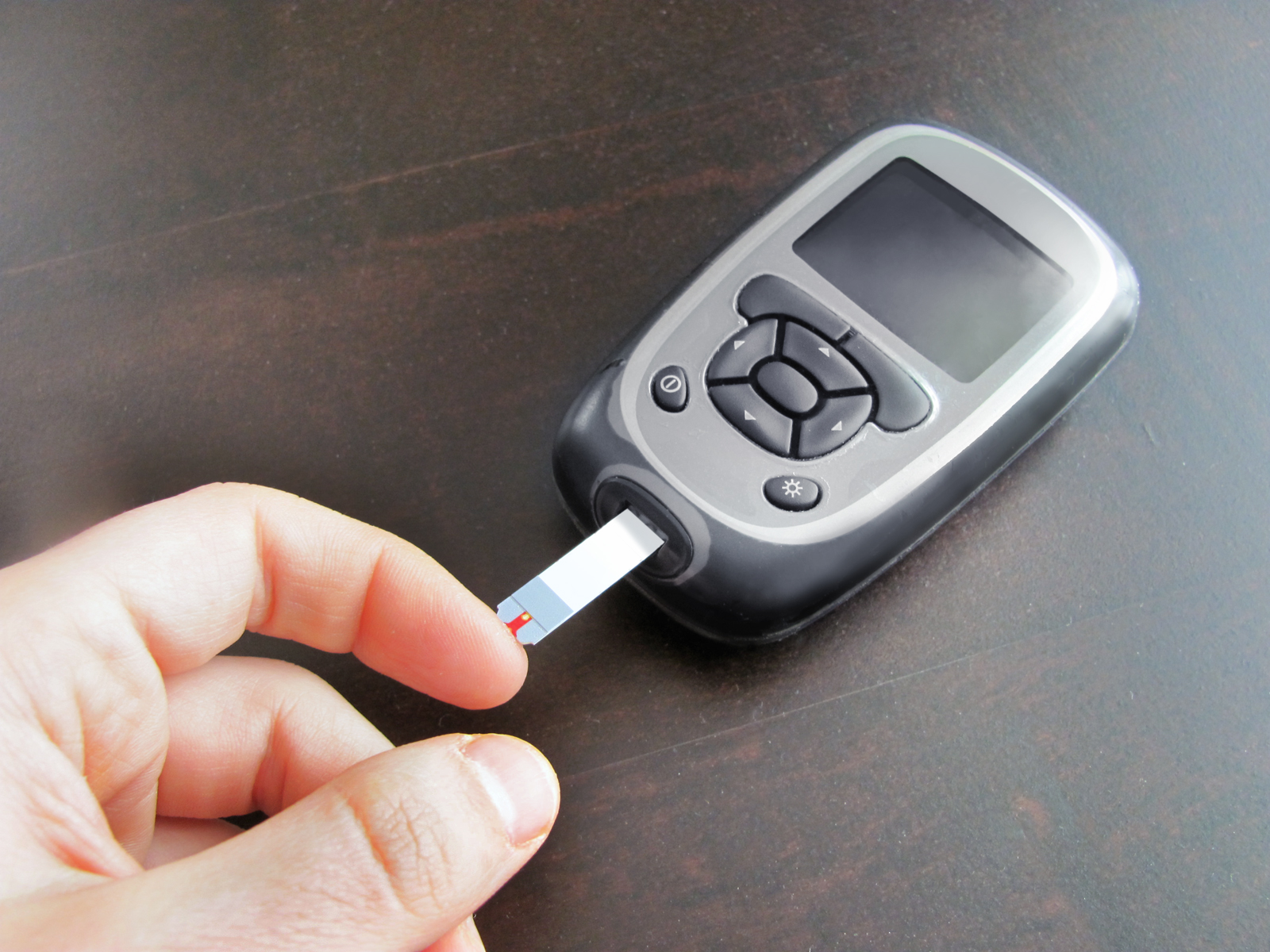
MONDAY, April 21, 2014 (HealthDay News) — Tornado season is here, and it’s important to have an emergency plan in case your home is threatened, an expert says.
If conditions are right, tornadoes can occur in every state in the United States, according to the National Oceanic and Atmospheric Administration (NOAA). And the average warning time is just 13 minutes, the agency says.
“Planning ahead is key for tornadoes or any disasters,” said Keith Tidball, an expert in emergency response and leader of the Nature and Human Security Program at Cornell University in Ithaca, N.Y. “If you have the luxury of time, you can improve the odds of your home surviving high winds. But no matter what improvements you make, you won’t make your home tornado-proof. The most effective protection from injury and death is still a tornado shelter.”
Families should decide now where to take shelter in the event of a storm — a local community shelter, your own underground storm cellar or a “safe” room in your home, he said in a university news release.
Don’t try to ride out a tornado in a trailer or manufactured home, he advised. “Even with tie-downs, these overturn in tornadoes because they have light frames and offer winds a large surface area to push against. Their exteriors are also vulnerable to high winds and wind-borne debris,” Tidball said. “Your best bet is to get to a safe place.”
For those who don’t have a tornado shelter and can’t reach one in time, Tidball offered the following advice.
“When you are certain you’re in the path of a tornado, head to the centermost part of your basement or home, away from windows. If you can, get under something sturdy like a workbench or staircase or in a bathtub with a mattress over you,” he suggested.
You may have heard that you should open windows — don’t, he said. Opening windows won’t save the house and may make things worse by giving wind and rain a greater chance of getting inside, Tidball said. “Get to the safest place possible, away from glass that can break and injure or kill you,” he added.
He also recommended creating an emergency kit that includes: first aid supplies, a flashlight, fresh batteries, basic tools and work gloves, portable lanterns, cash, important documents, extra car keys and eyeglasses, and a portable NOAA all-hazard radio.
More information
The U.S. Centers for Disease Control and Prevention has more about tornado preparation.
Copyright © 2025 HealthDay. All rights reserved.

